
This is part V in a series of advice for new riders. Stay tuned for tips on learning to ride, buying the right gear, and other things we wish someone would’ve told us when we were first starting out. (View the whole series)
For a lot of people, group riding is the main reason they got into motorcycles. It’s fun to get out with your friends on the road and experience something together. However, if you’re new to group riding, you could be a danger to everyone around you. Here are a few things you should keep in mind as you start out riding with other people.
Hand Signals
If you don’t know your hand signals, you shouldn’t group ride yet! Hand signals are the easiest way for riders to communicate with each other on the road and move as a unit.
Stagger and Stay in Your Space
The safest way to ride in a group is to stagger in the lane. That means that the leader is in the front on the left (or right) side of the lane, the second is just behind on the OPPOSITE side of the lane, the third is behind the leader, and so on. This gives everyone enough space and time to react to things on the road.
On the highway, I like to ride where I can see the rider in front of me in their own mirror. This is close enough that cars can’t cut between us and it gives me enough space to react.
On slower moving roads, I like to leave more space for the rider in front of me to ride as they usually would, which brings us to…
Leave Room in Curves
I am a more aggressive rider and I want to use the whole lane on a curvy road. I try to stay largely in my part of the lane and to maintain the stagger as much as possible, but I always leave room for the rider in front of me to use the whole lane and expect that the rider behind me is doing the same. You return to the tighter stagger when you hit straight roads.
Be Predictable
When you’re riding in a group, you are responsible for everyone’s safety to a certain degree. If you do something unexpected, you could cause a chain reaction and hurt another rider. Always remember to use your hand signals and look for all the bikes around you before making a sudden movement. It’s a lot easier to make a u-turn than it is to help everyone pick up their bikes after you slammed on the brakes.
Respect Existing Group Styles
If you’re joining an established group for the first time, take it easy and observe how they ride together. Some groups prefer to stay together, some will split up a little and wait at turns for the group. Some groups have unique hand signals. A lot of the time groups who ride together put their faster riders in front and slower riders in the back – as a new addition you won’t know where to go at first, but assume it’s toward the back while you get a feel for everyone’s abilities and riding styles. Other groups have individual preferences – our regular riding group has a couple of people who just prefer being in the back of the group even though they may not be the slowest riders.
You may not like their style and decide not to ride with them again, or they might not like yours and not invite you again. It can be hard to find a group that you really gel with – and that’s ok! Just keep going out and meeting new riders and you’ll come across people who you like to ride with.
Don’t Lead from Behind
There is a certain level of trust you need to have for the leader of your group to be safe and predictable. This means that you change lanes when they change lanes, you turn when they turn, you stop when they stop. You can create dangerous incidents when you try to change the course of a group from the middle or back of the pack.
Let Faster Riders Pass
You may find that someone keeps tailgating you a little on the road. It’s 100% encouraged to wave them past you when it’s safe. If they want to be in front of you, they will pass you at that point and you’ll switch spots in the stagger. If they do not pass you, then keep riding as you’re riding and don’t worry about how close they are. They don’t want to go faster than you, they probably just came out of a turn a little more quickly than they wanted to. If someone is really stressing you out with their proximity – take the time to tell them at your next stop. No one should be upset if you say something like “hey you’re making me a little nervous with your following distance – would you mind if I went behind you this time?”
Don’t “Show Off”
I haven’t found this to be the case with many women riders, but I have seen it plenty of times with men. Sometimes an experienced rider will end up with a group that rides more slowly than they prefer to ride. This is ok, but what isn’t ok is passing the whole group at a high rate of speed without communicating it, stopping unexpectedly on the road, or doing tricks or stunts within the group. There are groups out there that stunt together, or ride faster. So if the group you are with is not one of those groups but that’s what you’re after – find a new group.
Communicate While Stopped
It’s always a good idea to agree upon hand signals, basic route, and stopping points while you’re stopped for gas or getting started on the ride. This way anyone who is separated can find the group again, and no one is totally blindsided by a turn. It’s also a good idea to plan to stop for gas within the limits of the bike with the smallest tank. It’s annoying to stop every 50 miles for a chopper when you have a 200 mile range, but it’s even more annoying to wait for someone to push their bike 10 miles to the next gas station.
Don’t Do Anything that Makes you Feel Unsafe
As always – you should never do anything on a motorcycle that is beyond your abilities. There’s no shame in tapping out of a group mid-ride as long as you do it SAFELY and predictably (and preferably at a stop). If you can’t keep up, aren’t up for passing cars on two lane roads, or anything else – just let the group know that you’ve enjoyed riding with them but they are too advanced for you right now. Some groups are happy to tailor their riding to accommodate newer riders and some aren’t, so be upfront about your skills so everyone has the best experience.

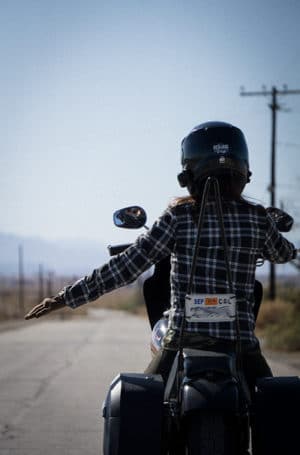
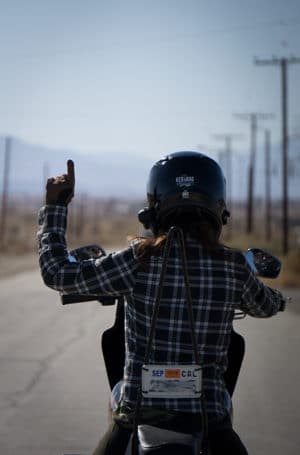
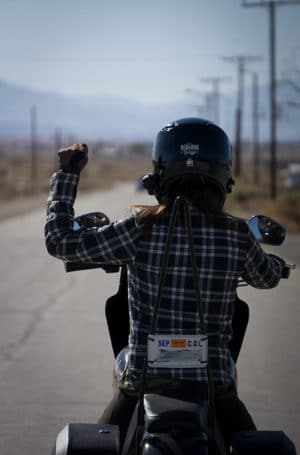
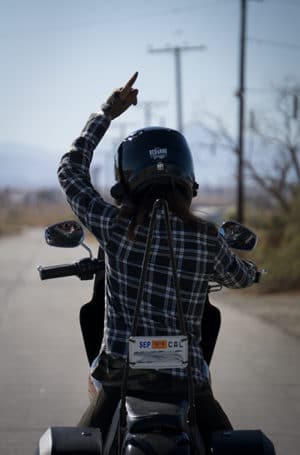
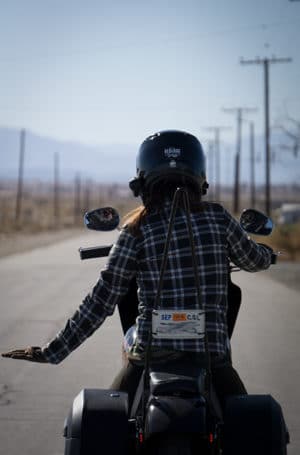
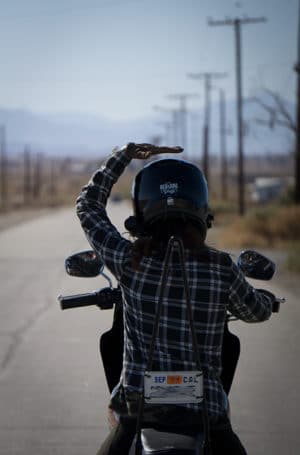
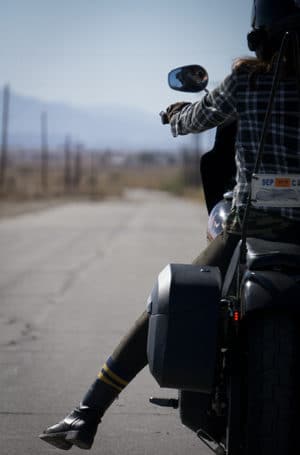

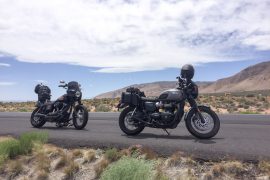
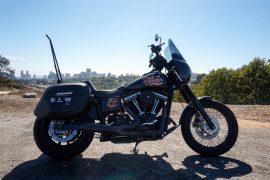
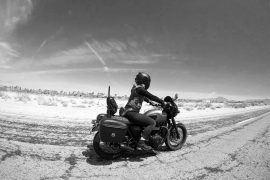
Comments are closed.